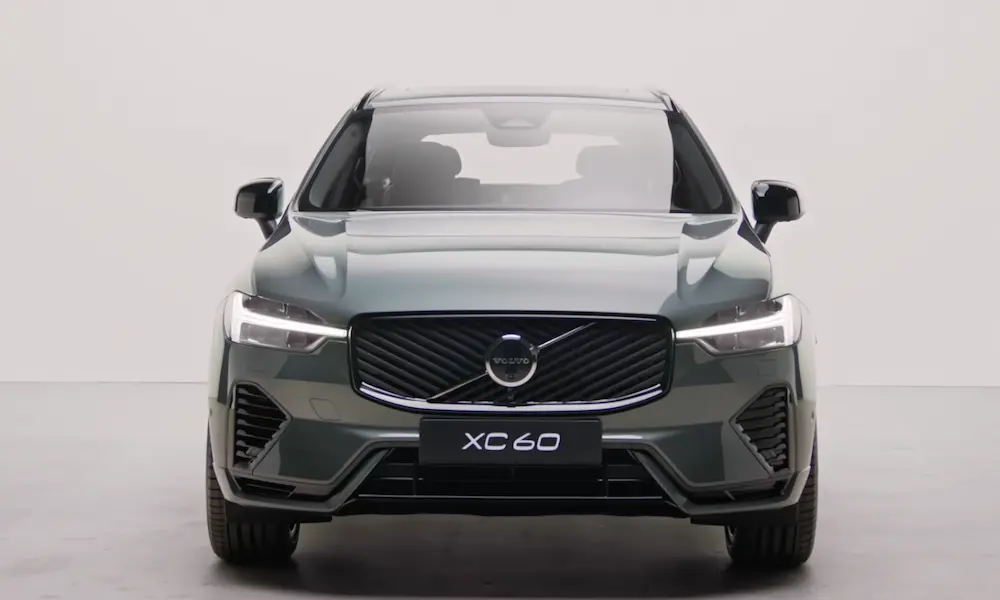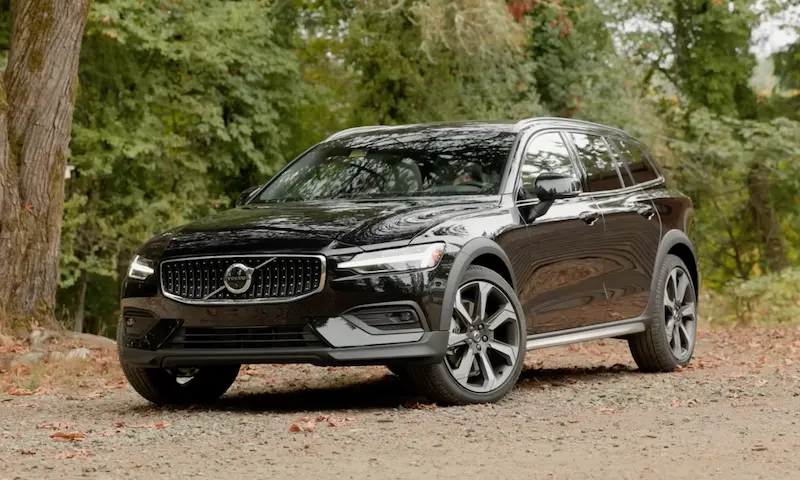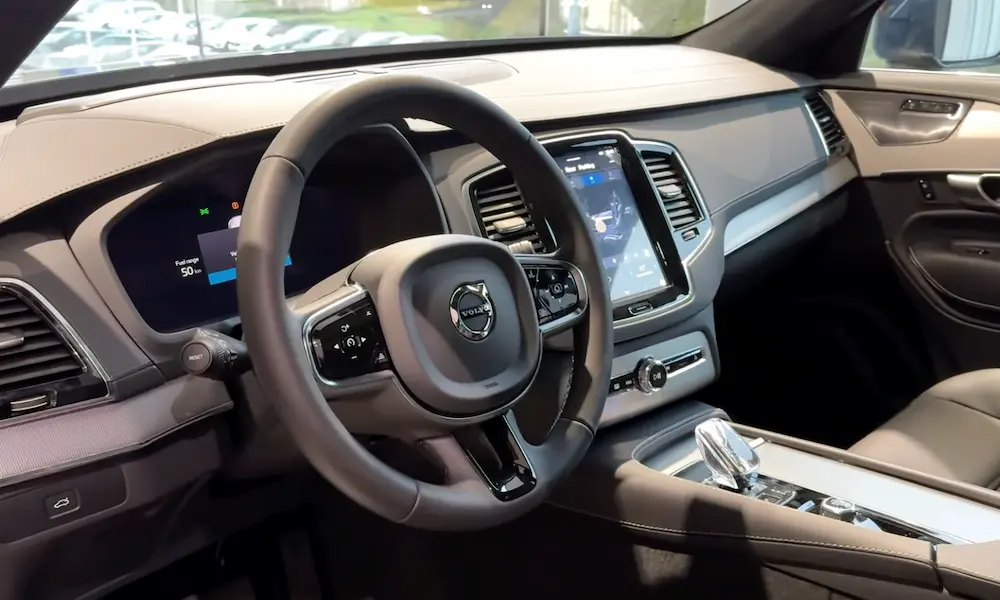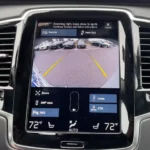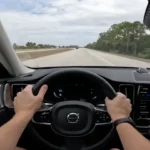The Volvo Aftertreatment Control Module ACM fault is an error message that shows up on your diagnostic screen to indicate certain issues within your car.
A plethora of issues can cause this ACM Fault. However, the only way to be sure of what is causing your ACM fault is through a diagnostic scan. The error code from this scan would tell whether issues in ECU, airbag system, temperature, etc, cause an ACM fault.
In this article, we’ll discuss the causes and fixes of ACM faults in your Volvo.
Let’s Jump right in.
What Is Volvo Acm Fault
The Volvo ACM fault indicates a problem in the after-treatment control module. This message is displayed on your dash.
First, you need to check your dash in the diagnostic screen for the ACM Fault. You can further check for other signs after seeing the ACM fault message. You may check if the engine light is on or if you are experiencing starting problems.
It is possible to still drive for a few hours with ACM faults. You, however, do this at the expense of an engine derate. When an engine derates, your engine power reduces, and your vehicle speed drops to around 5mph.
What Are The Causes of Volvo Acm Fault
Several problems can cause the Volvo ACM fault to display on your dashboard. A quick diagnostic search should easily tell if a software or sensor malfunction, a wiring and fuses problem, or a component failure caused the fault.
Some common causes of the Volvo ACM Fault include:
1. Software or firmware malfunction
Before you nose-dive into the possible causes of an ACM error code, you have to be certain that your ACM software is up to date.
If your ACM software is outdated, it will eventually operate incorrectly.
Furthermore, an outdated ACM software is less secure against bugs and glitches, which can lead to random error messages. Updating or reprogramming your ACM software to the latest version should solve this issue.
2. Faulty wiring or connections
The ACM in your Volvo relies on several wires and connections for communication purposes.
Any problem with the wiring or connections would result in ACM fault codes. For instance, an ACM Fault may develop if the ACM main power wire on the battery dislodges from its fuse holder.
3. Visible damage to the ACM
The control module itself can become damaged. The ACM may develop faults due to internal failures caused by overheating, corrosion, debris build-up, etc.
4. DEF is Contaminated
The DEF system is present in most modern Volvos as part of an emission control system. The diesel exhaust fluid positively contributes to climate by breaking down harmful emissions.
A contaminated DEF can have adverse effects on the emission control system. It may affect the SCR system, which can lead to problems with your engine. Before this happens, an ACM fault will display on your dashboard.
5. Accidental Damages
If your vehicle has been involved in an accident, there is a high chance of damage to the ACM or other components.
Some of these components may not be easily visible. However, an ACM fault message would point you toward the damaged part.
While you might have some ideas about the cause of the ACM fault, the only way to be sure is through diagnosis. You can access the ACM fault code directly from your dashboard or through the help of a scan tool.
In cases where no error codes are displayed, you need to drive into an automobile repair store for help with the cause of the fault code.
How to Fix Volvo Acm Fault
An ACM fault could mean several things. It could refer to problems with the Engine ECU transmission, temperature, brake, airbag, climate unit, etc.
Before you attempt to fix Volvo ACM Fault, you need to be certain of the cause of this problem.
Here are some steps to fix the ACM fault in your Volvo.
1. Diagnostic scan
First, You need to perform a diagnostic scan to pull up the specific error codes in the ACM.
Scroll on your diagnostic screen and click on the after-treatment options. You should be able to diagnose the Engine ECU transmission, temperature, brake, airbag, climate unit, etc. The error code that comes up may be fixed manually or with the help of a professional.
Any additional sign you find can assist you in fixing this issue, especially if you are unable to pull up the error codes.
2. Inspect the ACM and Redo wiring on the ACM connector
You need to check the ACM for any obvious defects in the component. A defective ACM may need to be replaced to fix the issue.
Next, you can check the fuses in the battery area for any sign of a minor disconnection. Try a gentle wiggle, moving them back and forth. This should fix the issue if it is a minor wire disconnection or loose terminal issue.
Furthermore, if the wires are intertwined or worn out, you will need to lose them or get the wiring redone with Volvo tape. Volvo tapes are expensive, around $25 per role.
3. Replace blown fuses
The fuses may be blown when there is a break in the circuit board. If this happens, you must replace the blown fuses with a new one to fix the ACM fault.
4. Clean the DEF and Battery
If the ACM fault is caused by battery corrosion or DEF contamination, you need to clean the battery and the DEF. You can also clean any build-up on the SCR dossier injector.
5. Software Update or Reprogramming
If an ACM fault results from outdated software, updating or reprogramming the ACm with the latest software should resolve this fault. To be on the safe side, you may update or reprogram the software from any authorized Volvo dealership or workshop.
Conclusion
Always try to get all ACM faults fixed as soon as you can. Depending on the type of error code you receive, there may be a countdown to an engine derate. If you are lucky, You may be left with just enough time to get to a dealership before your vehicle comes to a stop.
Finally, always maintain routine checks of your vehicle. During maintenance, any ACM fault may be detected and quickly resolved.
Reference:



